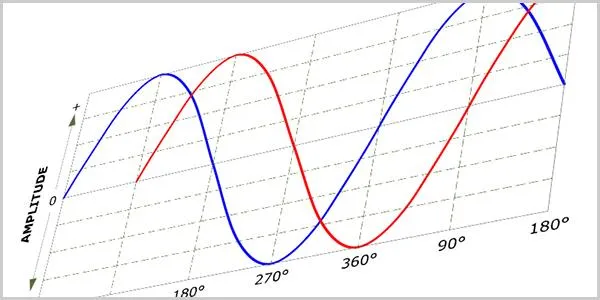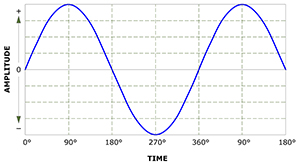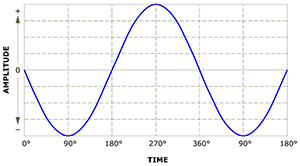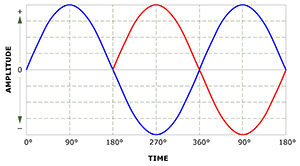
Are You Confusing Polarity with Phase?
It is surprisingly common for sound techs to confuse the terms “polarity” and “phase”. Some even use the terms interchangeably. But they are two very different things. Let me reveal the truth to you.
On most audio consoles above a certain price point, there is a button on each channel with the “∅” symbol. It may be (mistakenly) labeled “phase”. Mythology runs rampant on the meaning and the use of that switch, and most of that confusion is steeped in stories told by someone who didn’t understand it to others who understood it even less.
That misunderstanding leads to a statement that I still hear today – “inverting the polarity is the same thing as the signal being 180 degrees out of phase”. The terms “phase” and “polarity” refer to two different things and cannot be used interchangeably.
“Phase” implies a shift in time relative to some reference, while “polarity” is simply a reversal of the positive and negative terminals of an audio connection. That could mean swapping pins 2 & 3 on an XL connector, the tip & ring connection on a TRS connector, or the plus & minus leads on a loudspeaker terminal.
As you can see from these two graphs, nothing has changed with time. The first graph shows our friendly sine wave test signal in proper polarity, and the second graph shows the sine wave signal out of polarity.

Sine Wave In-Polarity

Sine Wave Out-of-Polarity
So let's clarify. It is more properly termed a "polarity" switch because all that the button does is reverse the wiring between pins 2 and 3 at the XL input on that particular channel. It does not affect the phase. I know that many of the engineering guys at the manufacturers still call it a "phase" button, but they should know better.

Sine Wave (Red trace delayed by 90 degrees)

Sine Wave (Red trace delayed by 180 degrees)
When one looks at a graph of, for example, a sine wave, with the signal delayed in time by 180 degrees, it "looks like" the polarity has been reversed. And that is probably where the misunderstanding begins. If we don’t see that the signal has been delayed in time, then we could be misled to believe that polarity and phase are the same.
Under what conditions would a sound operator choose to push that polarity switch? Rarely. But here's one that may help to know. Let's say that you have decided that you want to double-mic the snare drum, with one mic on the top head to capture the main "body" of the sound, and a second mic on the bottom head to get the "snap" of the snares.
When you think about it, you realize that the acoustic energy reaching the top mic when the drumhead is hit (down first) is roughly the opposite condition for the acoustic energy received at the mic on the bottom head.
If you don't invert the polarity of the mic on the bottom of the snare, the sound may seem thin because the low frequencies are cancelling. Just press the polarity switch on the channel with the bottom snare mic and the snare will sound "fat" again.
I share a couple of stories in another one of my articles where that switch came in handy, but those were cases where something was mis-wired. In one case it was a mic cable that had been wired wrong, and it was a situation where changing the cable at the moment wasn't possible. In other cases the polarity reversal was in a new unit that was shipped from the manufacturer! It happens.
Just remember that the “phase” switch on your console input channel does not “shift the phase by 180 degrees”, because that would involve a shift in time. It is nothing more than a polarity reversal.
In fact, if you ever hear someone try to make the claim that a polarity reversal "is the same thing" as being 180 degrees out of phase, just ask them "at what frequency"?
And from this day forward, start calling it a polarity switch rather than a phase switch!
Copyright Curt Taipale, LLC. All Rights Reserved.
Updated Fri, December 1, 2024

